by Lynn Barendsen
In late July, I led a virtual Good Project session for 36 high school students from around the world, participants in the Global Citizens Initiative LEAD Challenge (link here). These students represented 30 different cultural heritages, spoke 28 languages, attended 30 schools, and hailed from 14 different countries. To say it was a diverse group is a bit of an understatement.
The LEAD Challenge Program focused on Leadership, Ethics, Advocacy and Design Thinking, and over the course of one week, students gathered virtually to learn skills and collaborate on an advocacy campaign for a nonprofit organization, APOPO (link here), which fights tuberculosis and works to uncover landmines. Attending sessions with Teaching Assistants, led by experts in a variety of fields, and working in small groups, they were asked to apply their learnings to a real world challenge. Following the program, students are then encouraged to bring what they’ve learned back to their home communities and work to solve local issues of their choosing.
This was the first year for this program, and GCI’s online debut, designed in part in an effort to continue its efforts to build community and global connection in spite of the challenges of the global pandemic. The Good Project team has attended the GCI Summit (an in-person opportunity) for numerous years, both in Cambridge and in Tokyo, so we are familiar with its mission and its methods.
During my short hour with this international group, I offered a brief history of The Good Project and the nature of our research, but we spent the bulk of our time engaged with an ethical dilemma about discrimination (link here). In this dilemma, Elena, a high school student, who immigrated with her family from Mexico at a young age, witnesses discrimination towards her father and others. She wonders if she should hide her ethnicity as she applies for internships in order to eliminate the possibility that she might receive similar treatment at the hands of hiring managers. Ultimately she decides to represent herself truthfully. In small breakout groups, students used a “See, Think, Wonder” thinking routine to further consider Elena’s situation (link here). The question “What do you see?” asked students to focus on and unpack the information and the facts of the story. “What do you think?” asked them to consider Elena’s decision and what they might have done if they faced similar challenges. Finally, “What do you wonder?” asked more far-reaching questions, including additional questions about the dilemma itself and about good work in general.
The breakout groups outlined the relevant information about Elena’s situation thoughtfully. Her choice was described as a decision between hiding her Hispanic heritage or being true to herself. Some pointed out that she assumed that she would be subject to discrimination because of her ethnicity, while others pointed to the existence of discrimination itself as fact. Calling out the inherent injustice of discrimination, one student pointed out that race and ethnicity are not equal to one’s abilities.
Asked to consider what these facts made them think, students identified with Elena in multiple ways. They asserted that she is at an age where she will begin to question “everything,” and if she is finding herself ready to compromise her values, she should perhaps also ask herself why she is working in the first place, questioning “Is it for money, or for something else?” Some recognized that she and her family might be struggling financially, and if this were the case, some students suggested that hiding her identity might be the more prudent choice. Asserting that the inherent inequities in society made the situation difficult, one student wrote, “In my opinion either option is commendable because they both have their hardships.” Although most students were behind Elena’s decision to be true to herself, several explained that they would understand if she felt she needed to make a different choice.
Finally, asked to consider what Elena’s choice made them wonder, the breakout groups had a number of thought-provoking questions. Not surprisingly, with such an action-minded group, some turned to the possible solutions, wondering “what can companies do to eliminate discriminatory hiring practices” and what steps should be taken to “become inclusive enough so people will not be put in a situation like this?” Some responses asked straightforward, important questions, including “Why are managers still in charge if they are discriminatory?” and “What percentage of hiring managers are white?” Other students became more philosophical in their musings. For example, one participant explained that the word “good” is subjective, and wondered if there are “any universal moral values that hold true at all times?” Another probing question asked, “What makes certain societies give superiority to specific races/ethnicities?” Finally, one student asked, “To what extent can you break technical/legal rules for the sake of remaining on the moral high ground?”
Although our conversation together was brief, it was clear that the discussion prompted some important reflection. Participants recognized that experiences like Elena’s “have a larger impact on our personal view of ourselves and our families.” At the same time, they also questioned the nature of this impact, asking, “Should marginalized people be burdened with the task of being ‘brave’ and ensuring respect for their community? Is that a burden at all? What do we owe to each other and ourselves?”
Using this dilemma as the basis of our discussion, I also encouraged the students to consider larger questions about the nature of good work, its relevance in their daily lives, and how they might learn to reflect upon good work on a regular basis.
The challenges of online gatherings are by now way too familiar to educators, and in particular, the issues of community building across such a diverse group are especially complicated. Our brief hour only scratched the surface, but during that time the group was engaged and shared a passion about the topics we discussed. I look forward to hearing about what comes next for this idealistic and talented group.






